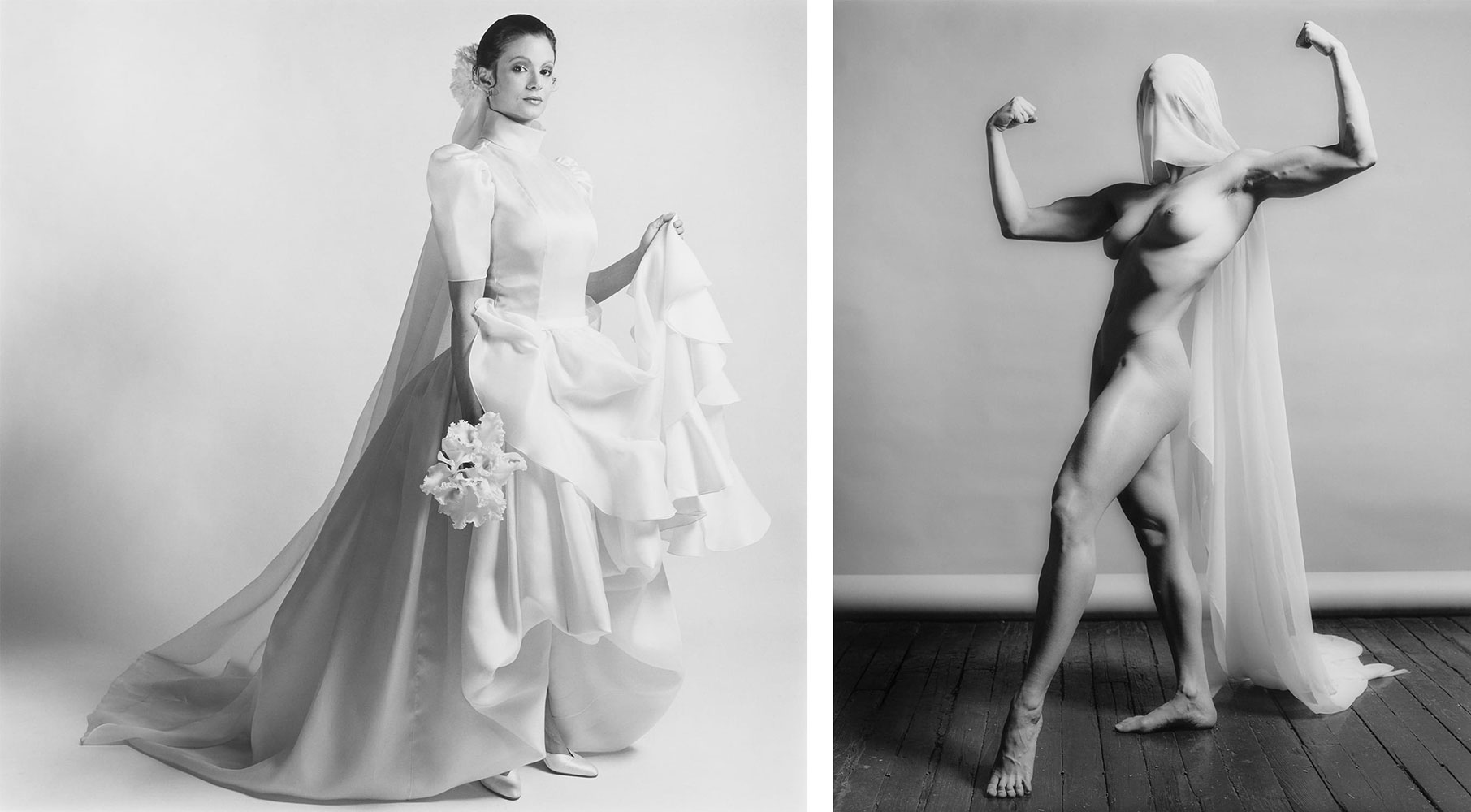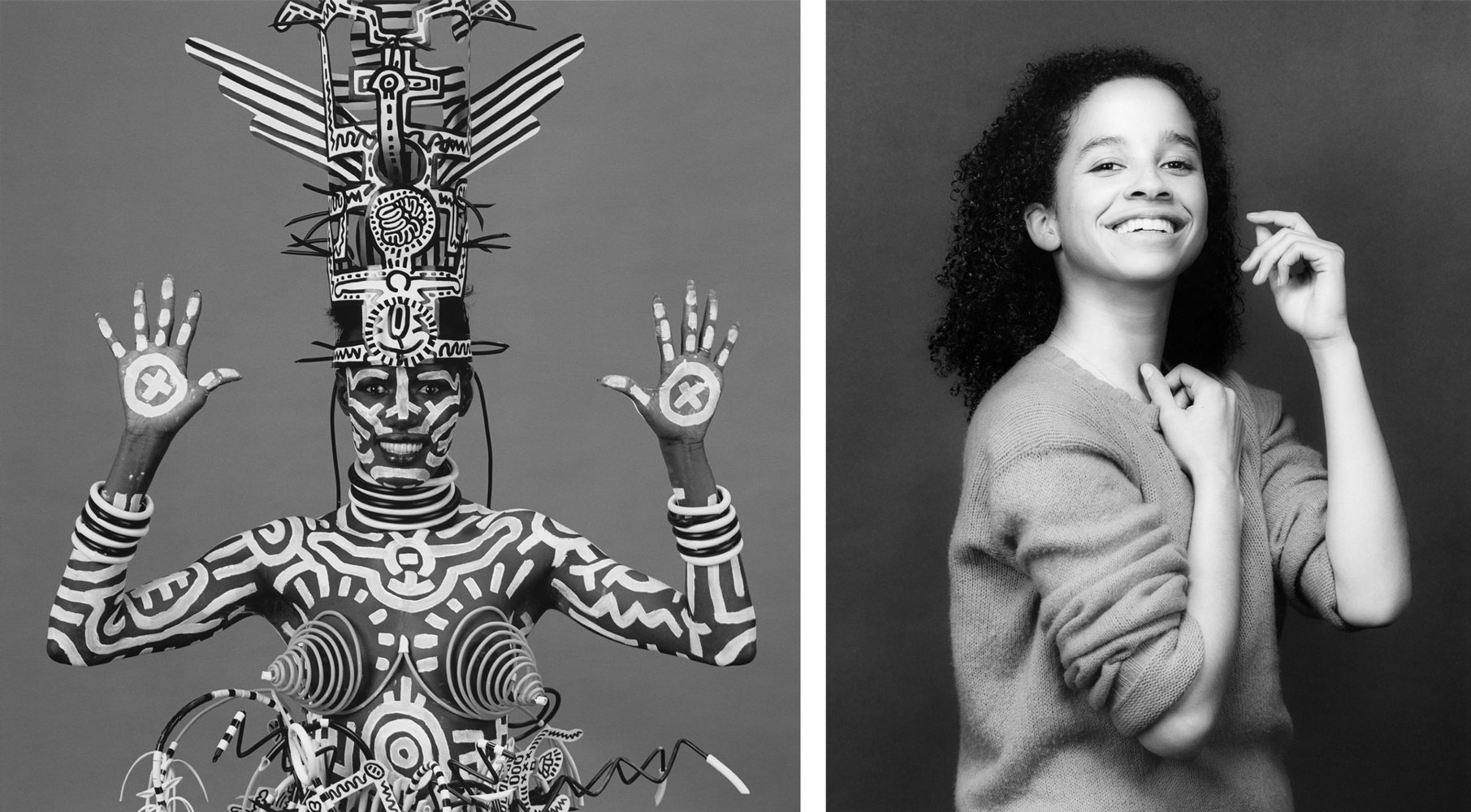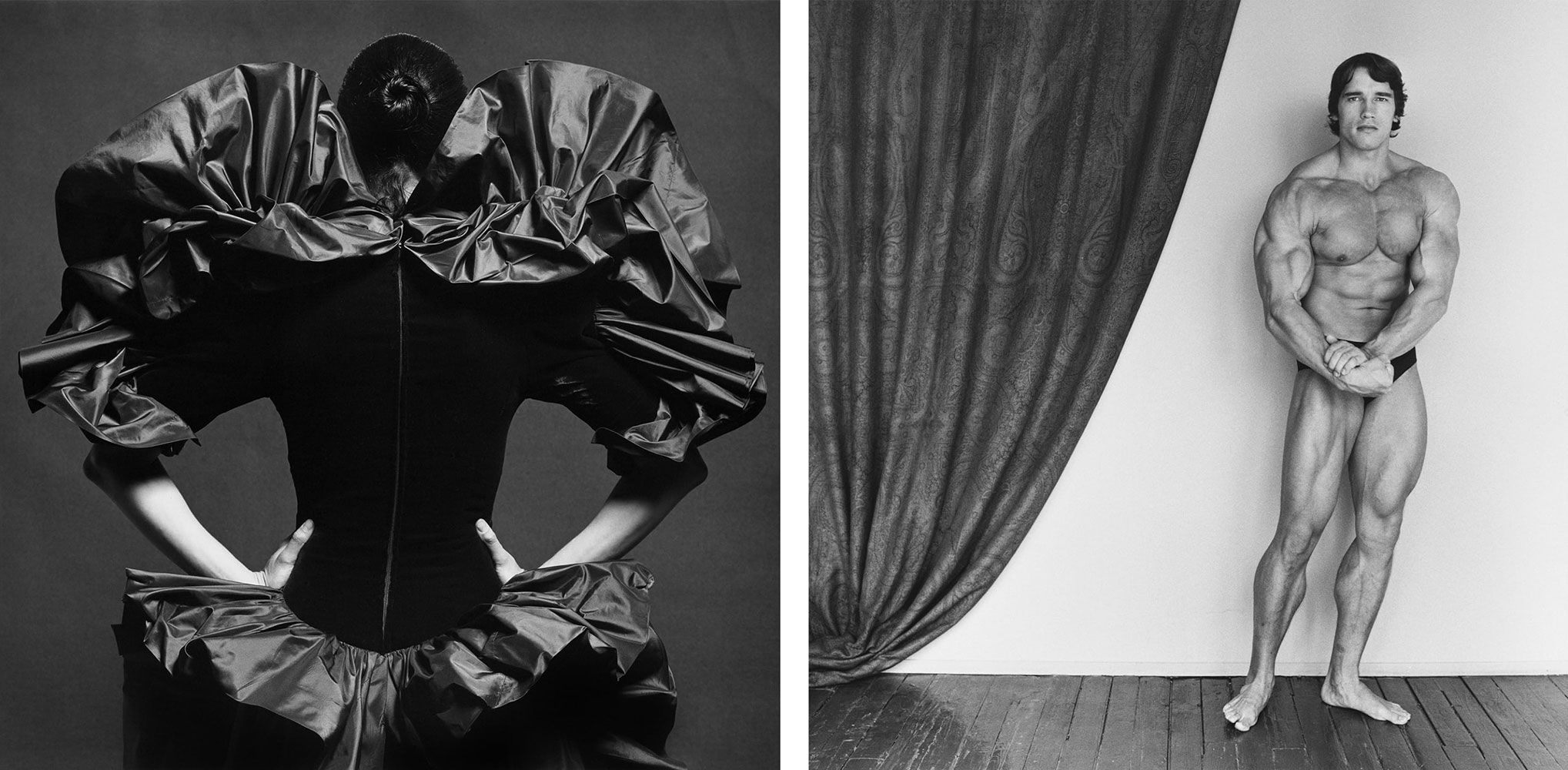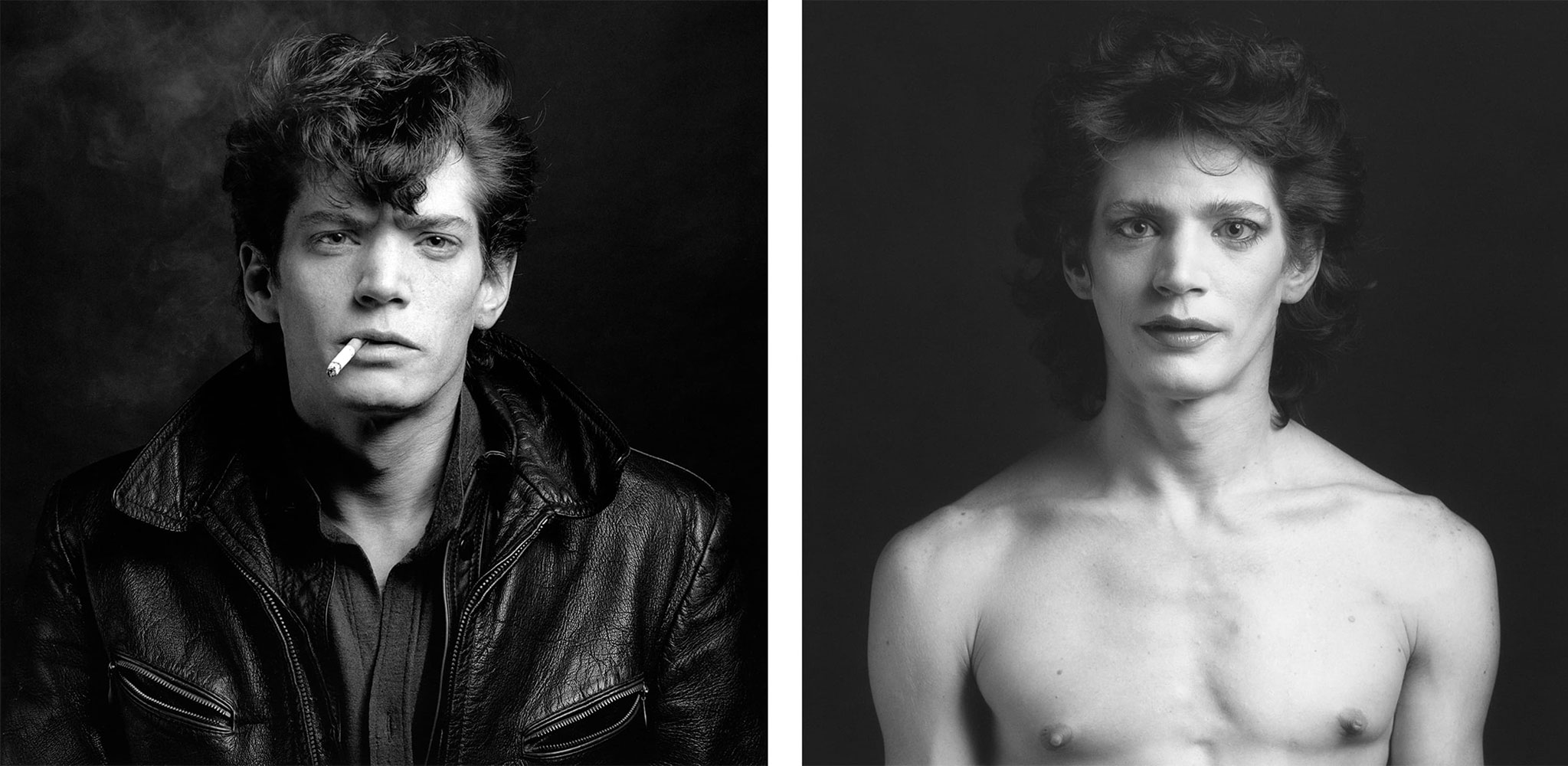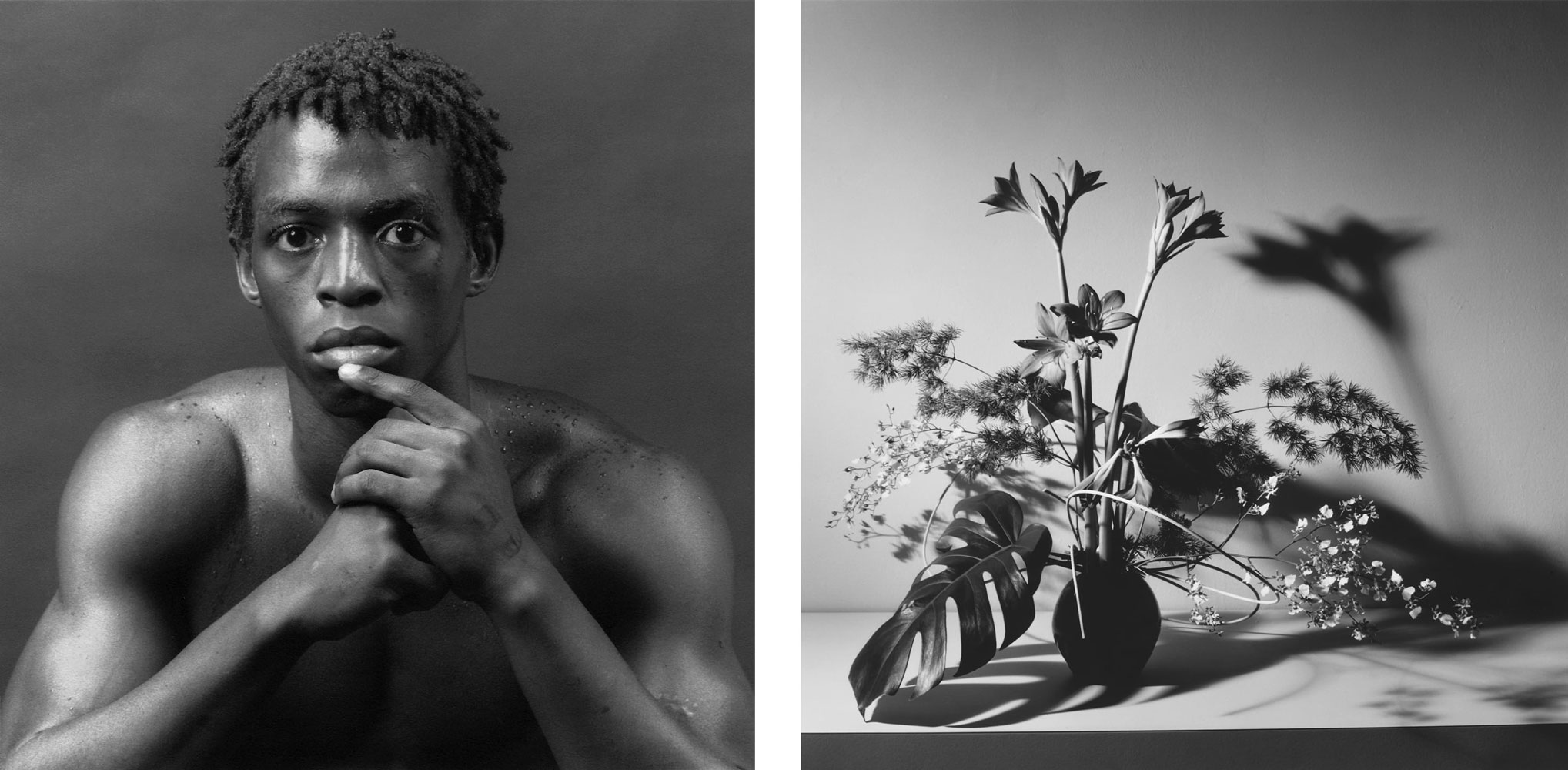PHOTO: Robert Mapplethorpe
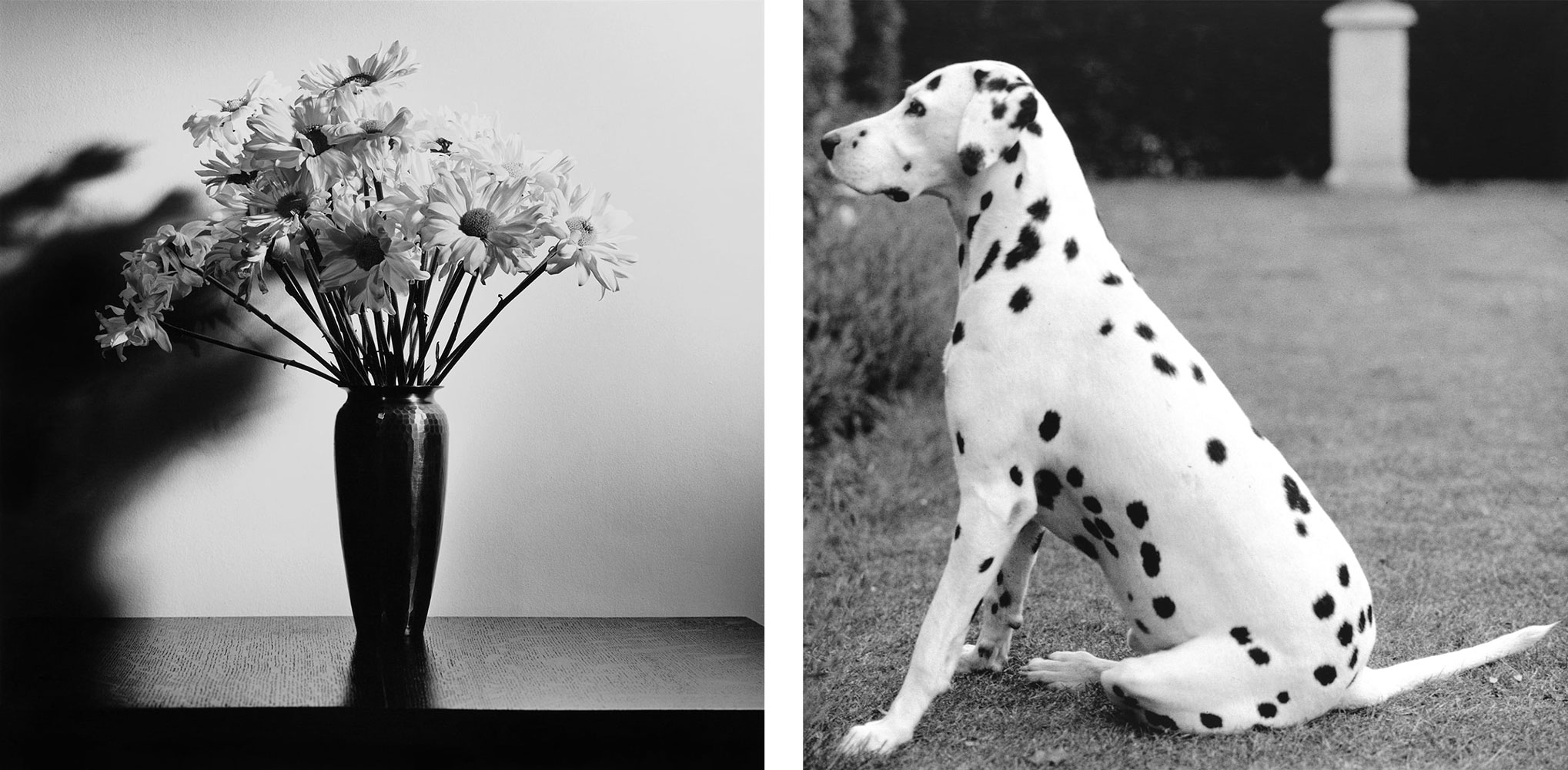 Robert Mapplethorpe lived a life of passion in the New York underground and rock scenes in the ‘70s and ‘80s. That passion also made its way into his art. In an interview given in 1987, just two years before his death, Mapplethorpe explained that photography in the ‘70s was the perfect medium for a fast-paced time. He did not really choose photography, photography chose him. In many ways, Mapplethorpe was a sculptor at heart, a plastic artist driven by the question of the body and its sexuality and obsessed by the search for perfect form.
Robert Mapplethorpe lived a life of passion in the New York underground and rock scenes in the ‘70s and ‘80s. That passion also made its way into his art. In an interview given in 1987, just two years before his death, Mapplethorpe explained that photography in the ‘70s was the perfect medium for a fast-paced time. He did not really choose photography, photography chose him. In many ways, Mapplethorpe was a sculptor at heart, a plastic artist driven by the question of the body and its sexuality and obsessed by the search for perfect form.
By Dimitris Lempesis
Photo: Thaddaeus Ropac Gallery Archive
For this exhibition of works by Robert Mapplethorpe, Thaddaeus Ropac Gallery invited the British editor Edward Enninful OBE to collaborate with the Robert Mapplethorpe Foundation to present his singular vision of the photographer’s work. Enninful, Global Creative and Cultural Advisor of “Vogue”, was given carte blanche to explore the full archives of the Robert Mapplethorpe Foundation. In the exhibition, he presents his selection of 46 prints in pairs, forging new dialogues between them and inviting visitors to see even some of Mapplethorpe’s best-known photographs anew. The exhibition spans Mapplethorpe’s fashion photography as well as stark portraits, nudes and still lifes. By capturing unexpected subjects with a classical formality, Mapplethorpe defied prevailing aesthetic standards, paving the way for unconventional beauty to be appreciated as art. Enninful is known for making models who don’t fit the white, sample-size norm a non-negotiable on the pages of Vogue around the world, and his work, like Mapplethorpe’s, has represented a challenge to discriminatory aesthetic ideals. In several of the pairings on view, Enninful juxtaposes a subject who conforms to traditional beauty standards alongside one who diverges from them. Through Mapplethorpe’s lens, these visual dialogues prompt viewers to transcend dichotomous thinking and to engage with the questioning of aesthetic norms that was central to Mapplethorpe’s practice: questions which remain relevant to this day. Enninful pairs two photographs of Lisa Lyon, Mapplethorpe’s favourite female model. In one, she wears a wedding dress, and in the other, she is nude, exuding sensuality and strength as she flexes her biceps: a powerful exploration of the Madonna/whore dichotomy against which women are still measured today. An unassuming, dressed-down Rae Dawn Chong smiling at the camera is hung next to Grace Jones, painted head-to-toe by Keith Haring: the epitome of what Enninful explains as the ‘angry Black woman stereotype’. This pairing serves as a reminder of how Black women who diverge from societal expectations face being considered ‘other’. In one, Mapplethorpe portrays himself as, in Enninful’s words, ‘the archetype of desirable masculinity’: wearing a leather jacket with a slight scowl. In the neighbouring self-portrait, Mapplethorpe’s eyes and lips are defined with a touch of make-up. Through these juxtapositions, Enninful prompts the viewer to reconsider ingrained stereotypes and acknowledge the beauty to be found in both normative and non-normative self-presentations, building a narrative within the pairings about identities in the process of becoming. Enninful first discovered Mapplethorpe’s work in the early 1990s through the artist’s “Black Book”, a potent photographic study of Black men which was met with controversy but resonated with Enninful. The first quality he was drawn to was the photographer’s use of light. This comes through in his curation, which plays with contrasts of light and dark: facial features defined by gradations of light and shadow, contrasts of skin tones or of clothed and unclothed bodies, arrangements of wildflowers defined by directional lighting and juxtapositions of dark and light backgrounds. By bringing together contrasting works, Enninful gives the exhibition a sense of visual harmony, in which light is balanced by dark: a reminder to the visitor of the interconnectedness of seemingly opposing forces.
Photo: Left: Robert Mapplethorpe, Daisies, 1978. Right: Robert Mapplethorpe, Dalmatian, 1976. © Robert Mapplethorpe Foundation. Used by permission. Courtesy of Thaddaeus Ropac gallery, London, Paris, Salzburg, Seoul
Info: Curator: Edward Enninful, Thaddaeus Ropac Gallery, 7 Rue Debelleyme, Paris, France, Duration: 2/3-6/4/2024, Days & Hours: Tue-Sat 10:00-19:00, https://ropac.net/
